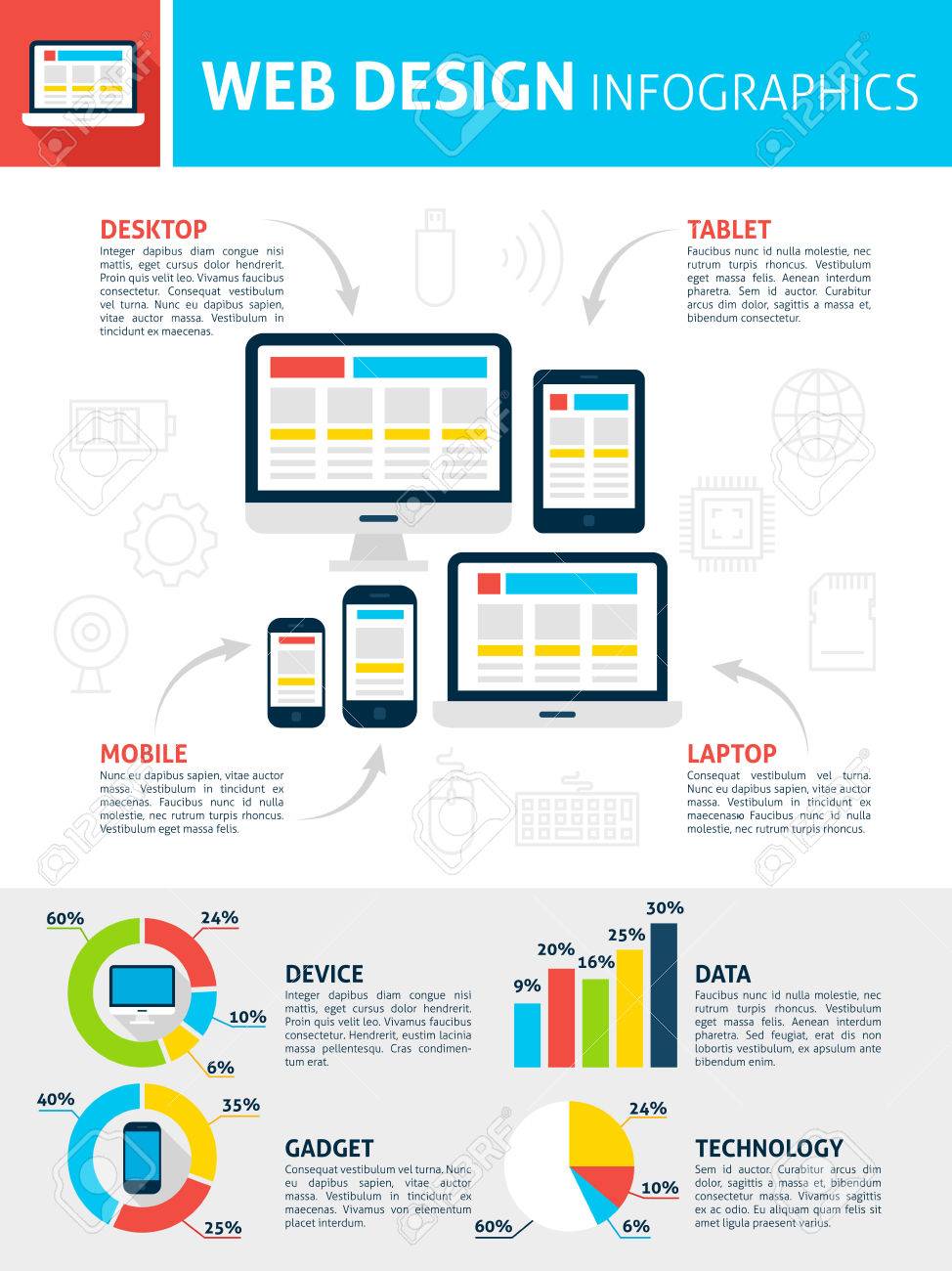Fundamental Aspects Of Website Design: Guidelines For Creating A User-Centric Website
Fundamental Aspects Of Website Design: Guidelines For Creating A User-Centric Website
Blog Article
Web Content Produce By-Le Thrane
When it comes to site design, making certain user-friendliness is essential. From Digital Marketing Agency For Construction Companies to structured navigation, every element plays a critical role in creating a website that satisfies your target market's needs. However what concerning the better information that can make or damage a user's searching experience? Keep tuned as we uncover some often-overlooked ideas that can raise your web site's functionality to the next level, making it really stand out in the digital landscape.
Significance of Responsive Layout
Receptive style is a vital facet of modern-day web site advancement. Guaranteeing your site is receptive means that it can adapt to various display sizes and tools, supplying a seamless experience for users.
With the enhancing use mobile phones and tablets to access the net, having a responsive style is vital for getting to a larger target market. It aids in improving individual experience by making your internet site easy to browse and read on any tool.
Furthermore, receptive design can favorably influence your search engine rankings, as online search engine like Google focus on mobile-friendly web sites. By having a responsive design, you're additionally future-proofing your internet site, as brand-new devices with varying screen sizes continue to emerge.
Simplify Navigating Framework
To boost individual experience and facilitate very easy accessibility to information on your website, improving the navigation framework is paramount. When developing your website, focus on producing a clear and user-friendly navigating menu that helps visitors locate what they're looking for quickly.
Restriction the number of menu items to the essentials, organizing related pages together to stay clear of frustrating users. Use detailed tags that clearly show the material of each page, making it easier for customers to understand where each link will take them.
Consider applying dropdown food selections for subcategories to stop jumbling the major navigating bar. Additionally, include a search bar prominently on the web page for individuals that choose searching for specific details.
Focus on mobile responsiveness in your navigation design to make certain simple access on all gadgets.
Maximize Web Page Lots Speed
Improving page load speed is important for keeping visitors on your web site. Slow-loading web pages annoy individuals and can bring about high bounce rates. To enhance web page lots speed, begin by optimizing photos. Press images without compromising quality to reduce their data dimensions.
In addition, make it possible for browser caching to keep frequently accessed sources in your area, speeding up load times for returning visitors. Minify CSS, JavaScript, and HTML files by removing unneeded characters, comments, and format, boosting tons rate.
Consider using a material delivery network (CDN) to disperse your internet site's material throughout numerous web servers worldwide, lowering latency for customers accessing your website from various areas. More Information and facts but not least, limit using third-party scripts and plugins, as they can substantially impact lots times.
Verdict
To conclude, by integrating receptive style, streamlining navigation, and maximizing page tons rate, you can create a straightforward site that appeals to a bigger target market and boosts customer experience. These essential elements ensure that site visitors can quickly access and navigate your website across various devices, resulting in boosted interaction and fulfillment. By focusing on these essential aspects, you can develop a successful website that maintains customers coming back for even more.
